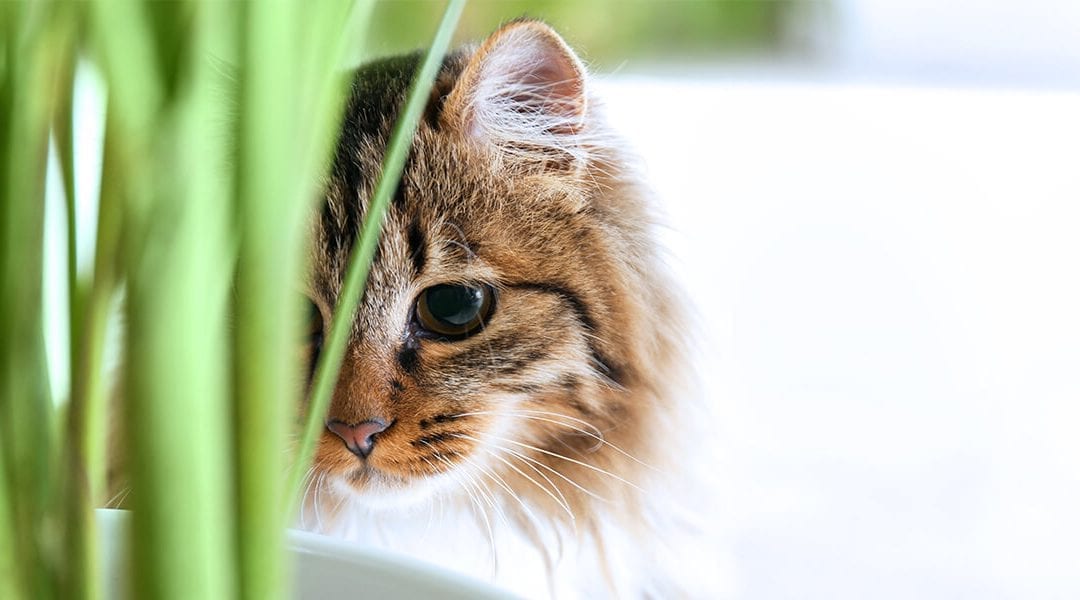Sometimes houseplants can be a tempting snack for a pet. A dog or cat might nibble on plants to remedy an upset stomach, make up for a nutrient deficiency, or they might just be feeling playful. With that said, many houseplants are toxic and should be kept out of reach of toddlers and animals. But fortunately, many are safe for pets and won’t cause harm if they attempt to sample them. Here are a few great options that have been approved as non-toxic by the ASPCA (American Society for Prevention of Cruelty to Animals):
When a plant itself becomes a playmate, a pet-safe option can prevent an accident from occurring.
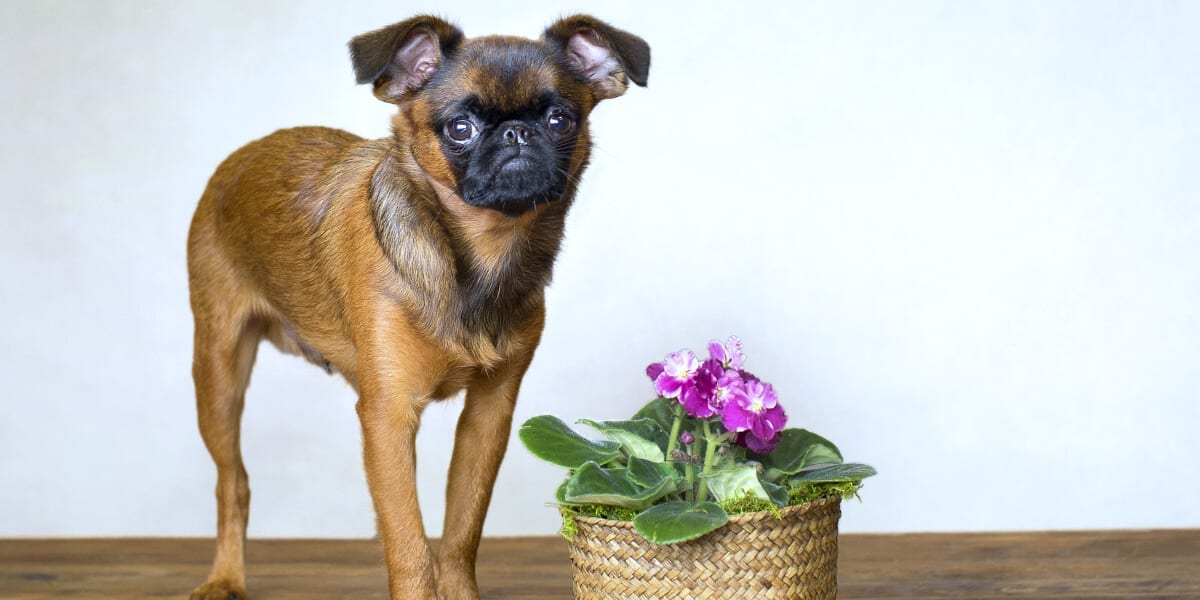
African Violet
A beautiful small flower for coffee tables or desks, African violets grow velvety leaves and bloom in many shades of purple and white. They are an attractive low-light plant, and while these natives of eastern Africa aren’t edible, they’re not toxic either.
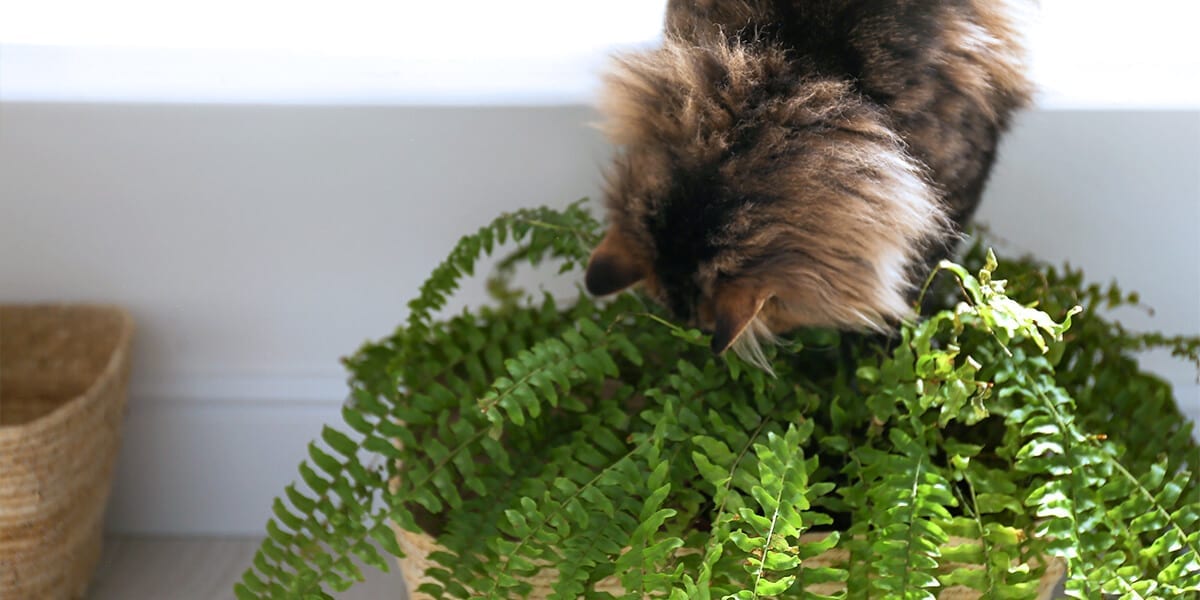
Boston Fern
This certainly may appear to be a tasty treat for a cat, perhaps for the same reasons that we enjoy them—for their lush fronds and bushy greenery! Many ferns are toxic, but fortunately, this one is safe. It will do well with moist soil, lots of humidity, and bright, filtered light.
Calathea
The peacock plant, or Calathea makoyana, can add lively color to a room. With leaves as beautiful as these, you might expect to find a toxic compound or two. But these natives of the South American jungles are safe for pets and ideal for low-light conditions!
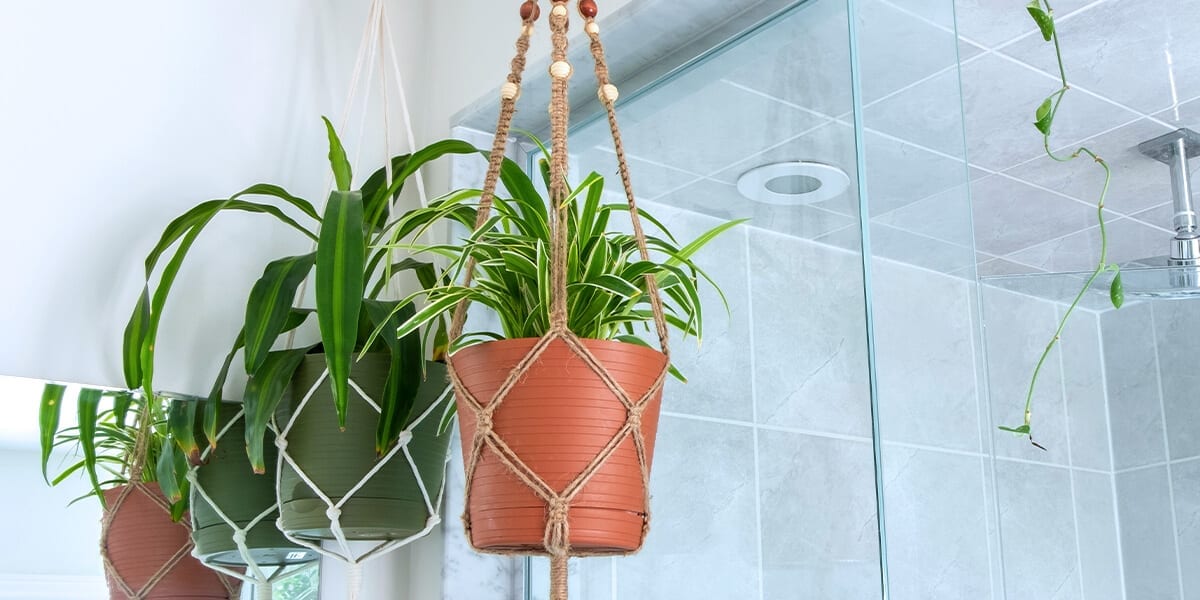
Spider Plant
One of the most resilient houseplants available, the spider plant grows thick, grass-like leaves that flow over the edge of a pot. They’re ideal for hanging baskets or any place you need a splash of greenery. They grow at a quick rate, tolerate both low and bright light, and are safe for pets. Plus, they’re one of NASA’s top-rated air-purifying plants!
Ponytail Palm
Most cats could hardly resist a passing swipe at these breezy leaves, but this succulent won’t do them any harm. To keep it flourishing, place it anywhere it will receive bright light and keep the soil on the dry side.
Baby’s Tears
This trailing houseplant is safe for pets. It’s named for its beautiful tear-shaped leaves that spill over the edge of a pot. Keep yours in high humidity and bright, filtered sunlight, and you’ll be rewarded with abundant foliage.
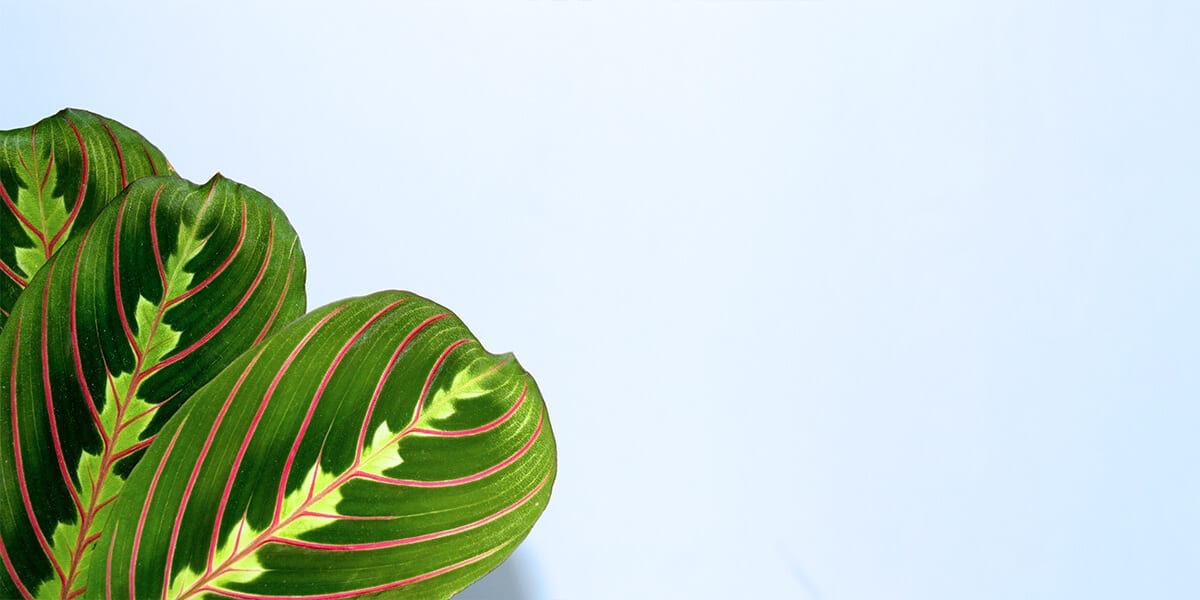
Prayer Plant
The prayer plant, or Maranta leuconeura, is known for its striking leaves with thin pink stripes. A non-toxic plant from the Brazilian tropics, it prefers bright, indirect light but tolerates low light conditions. At night, it folds its leaves together like two hands in prayer.
Areca Palm
This popular houseplant can easily fill out any corner or floor space, as long as it receives bright filtered light. It adds such a relaxing feel to a space that you soon won’t recognize your room without it. Better yet, all of its abundant greenery is safe for pets.
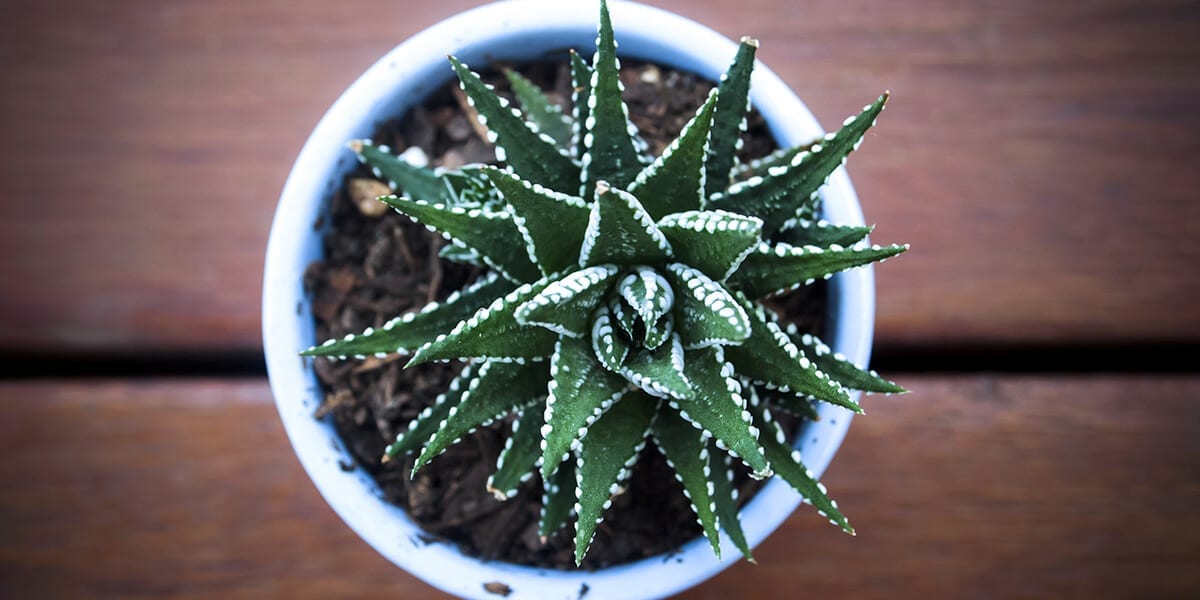
Haworthia
This classic succulent has all the charm of an aloe vera but without the toxicity. You can enjoy its beautiful green or red leaves on any table or desk that’s within reach of a pet. Plus, it’s easy to care for, only requiring water once the soil has dried out, and it happily tolerates dry air.
Christmas Cactus
Another lover of dry conditions, the Christmas cactus has charming fronds of plump leaves and blooms with pink or red flowers in December. This is another non-toxic option for all of you succulent lovers out there!
Animals often enjoy houseplants as much as we do—the soil may host an insect to play with or become a favorite hiding spot during playtime! When a plant itself becomes a playmate, a pet-safe option can prevent an accident from occurring.
If in doubt, as always, feel free to contact our garden centers in Carpentersville and Bloomingdale. Be sure to pay us a visit to see what we have in store!
Platt Hill Nursery is Chicago’s premier garden center and nursery.
Additional Information:
How to Water Your Plants Indoors and Outdoors
Houseplants for Beginners

